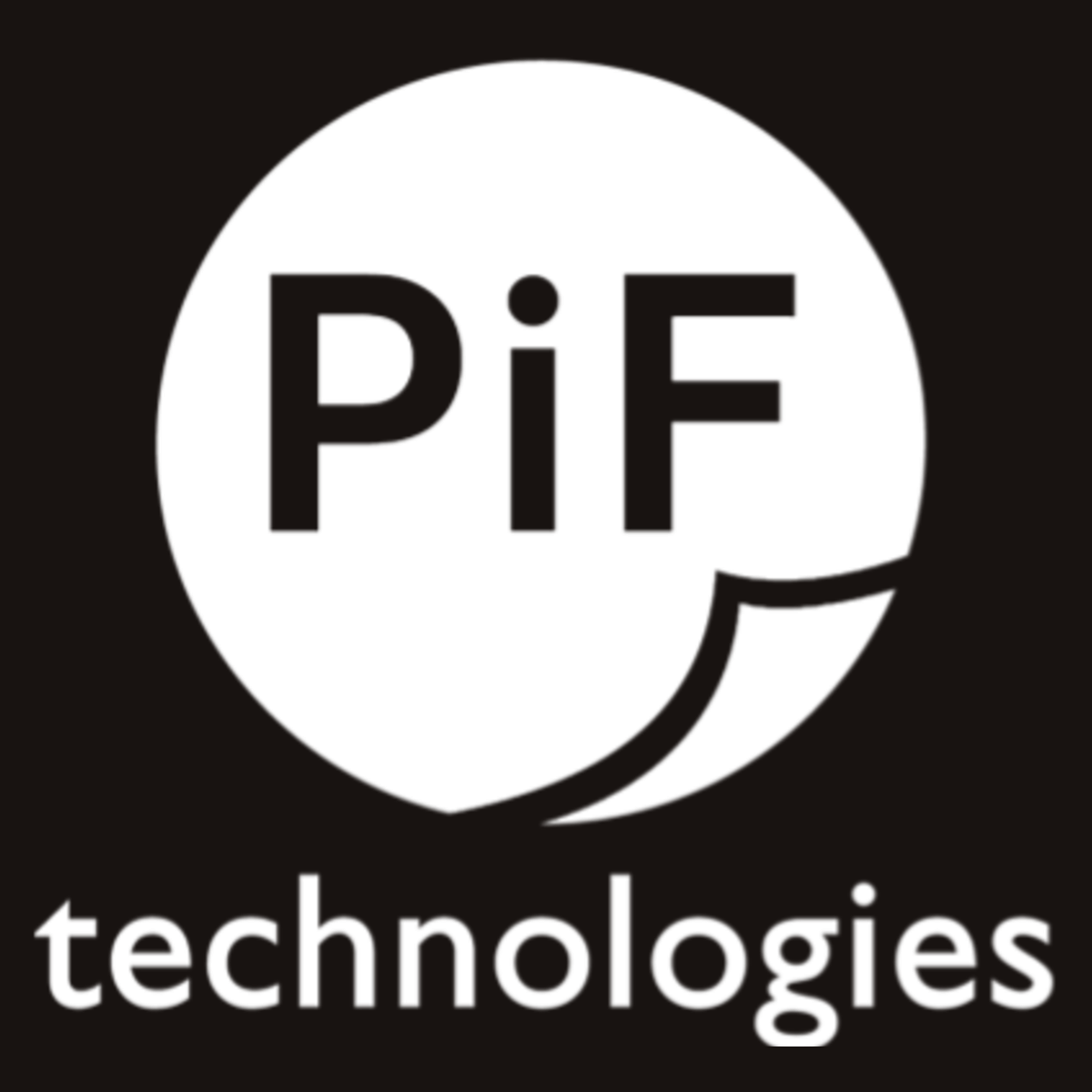Reduce Costs and Boost Productivity with Document Management
Even in an age where just about everything is digital, most businesses still run on paper. Handling those records efficiently and legally in a more cost-effective way can be a critical advantage against competitors as well as beneficial for the productivity and success of your business. The right combination of Document Management systems and updated internal policies regarding records allow your organization’s data to be more accurate, complete, accessible, and useable.
Making sure your employees and customers can get better information faster simply makes better business sense.
Often investments like Document Management get pushed aside because organizations think “we’ve always done it this way and we’re fine.” But by neglecting outdated, slow systems, you allow your business to remain stagnant and not evolve to its full potential.
Beyond becoming a fully automated office, there are a variety of reasons for investing in Document Management.
We’ll cover the top 10 reasons organizations need Document Management systems:
Reduce Operating Costs
Administrative costs related to record keeping can be calculated in terms of hard costs and soft costs. Hard costs include filing equipment, office space, storage space, consumable supplies, and equipment maintenance costs. Each person in an average office consumes 10,000 pieces of paper per year. Accessible filing cabinets take up approximately 9 square feet of space and containes 10,000-12,000 pieces of paper. Soft costs include all of the labor required to maintain, file and search for records.
Improve Efficiency and Productivity
The average employee spends 30-50% of their time searching for information in documents. 15-30% of their time is spent looking for documents that are missing or misfiled. A good document management system provides instant information retrieval, frees employees up to complete more productive, revenue generating activities. One in 20 documents are lost and an organization on average spends 25 hours to recreate lost documents.
Control Growth of Records
Although we have become more sophisticated in our ability to store non-paper records, the amount of paper in offices continues to grow exponentially. Adopting a document management system can help in two ways: Limit the generation of additional copies of records that are not needed to operate the business; Limit the growth of stored records through automated records retention systems that destroy useless records and retire inactive records in all formats. The average organization makes 19 copies of every document.
Ensure Regulatory Compliance
Ever changing state and federal regulations create significant compliance issues for organizations. Sensitive financial, personal information and confidential business information is contained in an organizations records. Implementing a good document management system with security features such as access control and audit trails helps companies ensure they are in full compliance to avoid severe fines and penalties. Simple human error accounts for 30% of all data breaches while malicious causes account for 42%.
Safeguard Information from Disaster
Every organization must protect records and information from disaster and loss. Businesses that lose key records to catastrophic events are more likely to go out of business if they cannot restore their files within 2 weeks. Having a business continuity and a disaster recovery plan and system in place increases the likelihood that a company can continue after a disaster.
Minimize Litigation Risks
Organizations implement records management programs to reduce the risks of litigation and penalties. An automated records management program can reduce liability and ensure the proper systematic disposal of records. Data privacy breaches cost US business on average $200+ per record. Data breaches by US companies cost $5.85 million dollars last year. Heavily regulated industries such as healthcare, education, pharmaceutical and financial services have data breach costs that are substantially above average.
Support Better Decision Making
A document management program can help ensure that information is available when you need it. Robust systems include full text OCR, indexing and retrieval capability, as well as reporting and business intelligence features allowing employees to obtain information quickly.
Preserve Corporate Memory
An organization's files contain its institutional memory, an irreplaceable asset that is often overlooked. Employees create records every day which may be needed for future planning and decision making but the location of those records may not be widely known. Critical corporate knowledge can be lost when employees leave if nformation has been misfiled, stored personal computer desktops or buried in email chains.
Take Advantage of New Technologies
A good document management program provides an organization with the capability to collaboratively share documents and information across multiple business applications improving workflow, productivity and business intelligence. Updating your technology can give you a competitive advantage.
Ensure Records are Easily Retrievable
Offices with cluttered with files stacked on desks, floors, stacked on desks and filing cabinets are common. Misfiled documents can be found in boxes in basements, warehouses and garages. Many businesses use off site storage preventing employees from quickly and easily accessing information in a timely manner. Disorganization and slow response times impact how customers and vendors perceive your organization. A document management system can make employees jobs easier, provide better customer service and quicker vendor response times. Lost business costs include customer turnover, increased customer acquisition costs, reputation losses and diminished goodwill.








